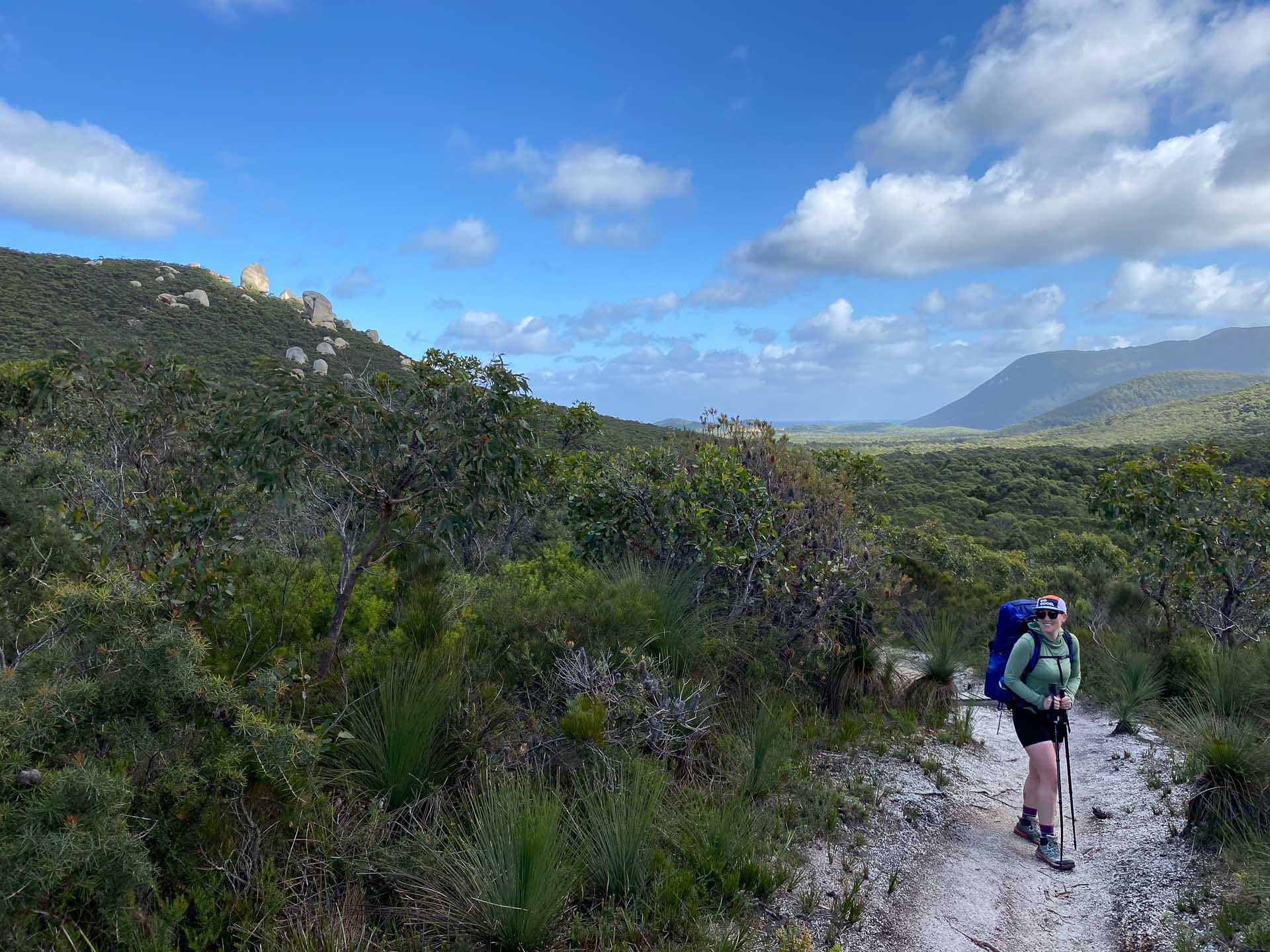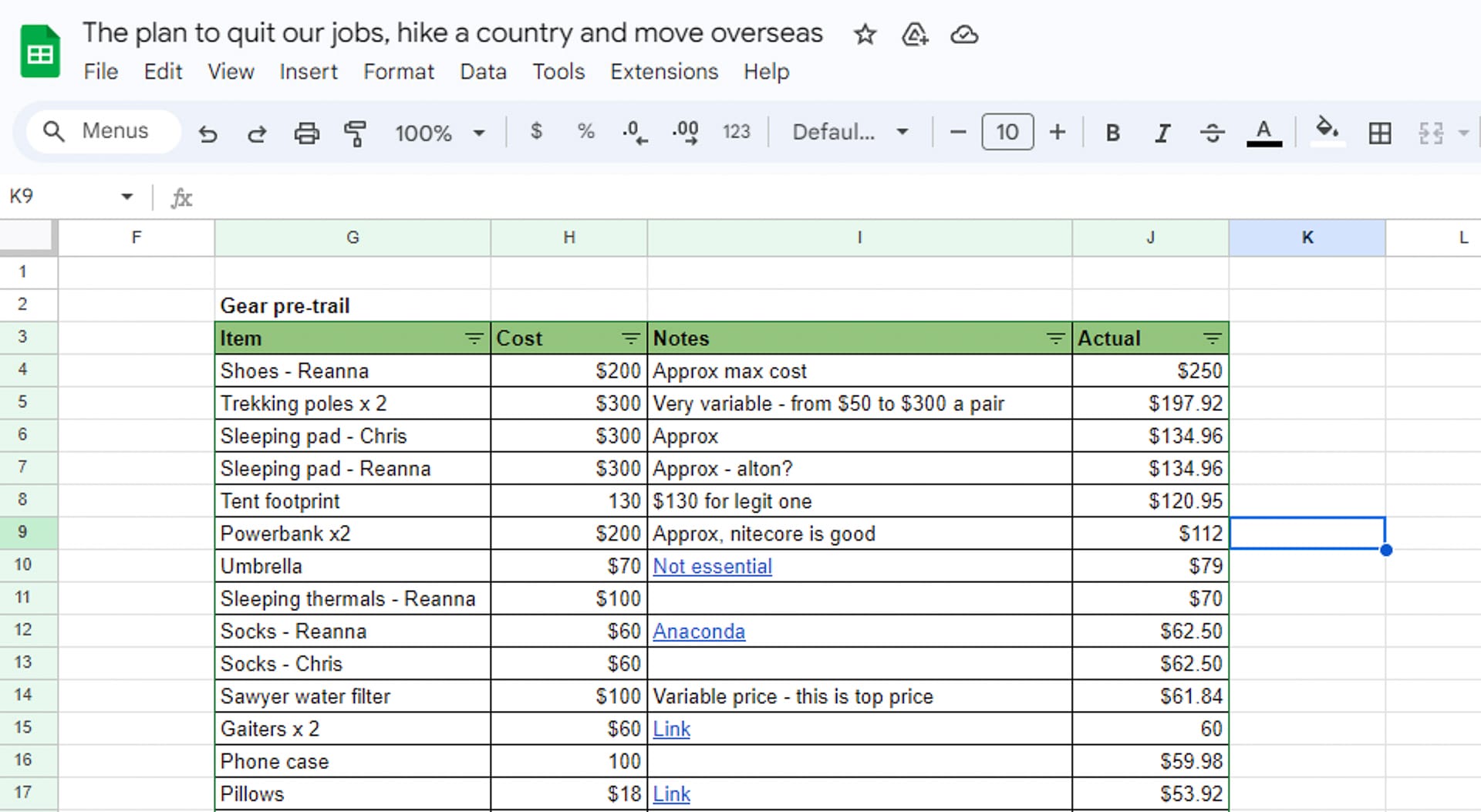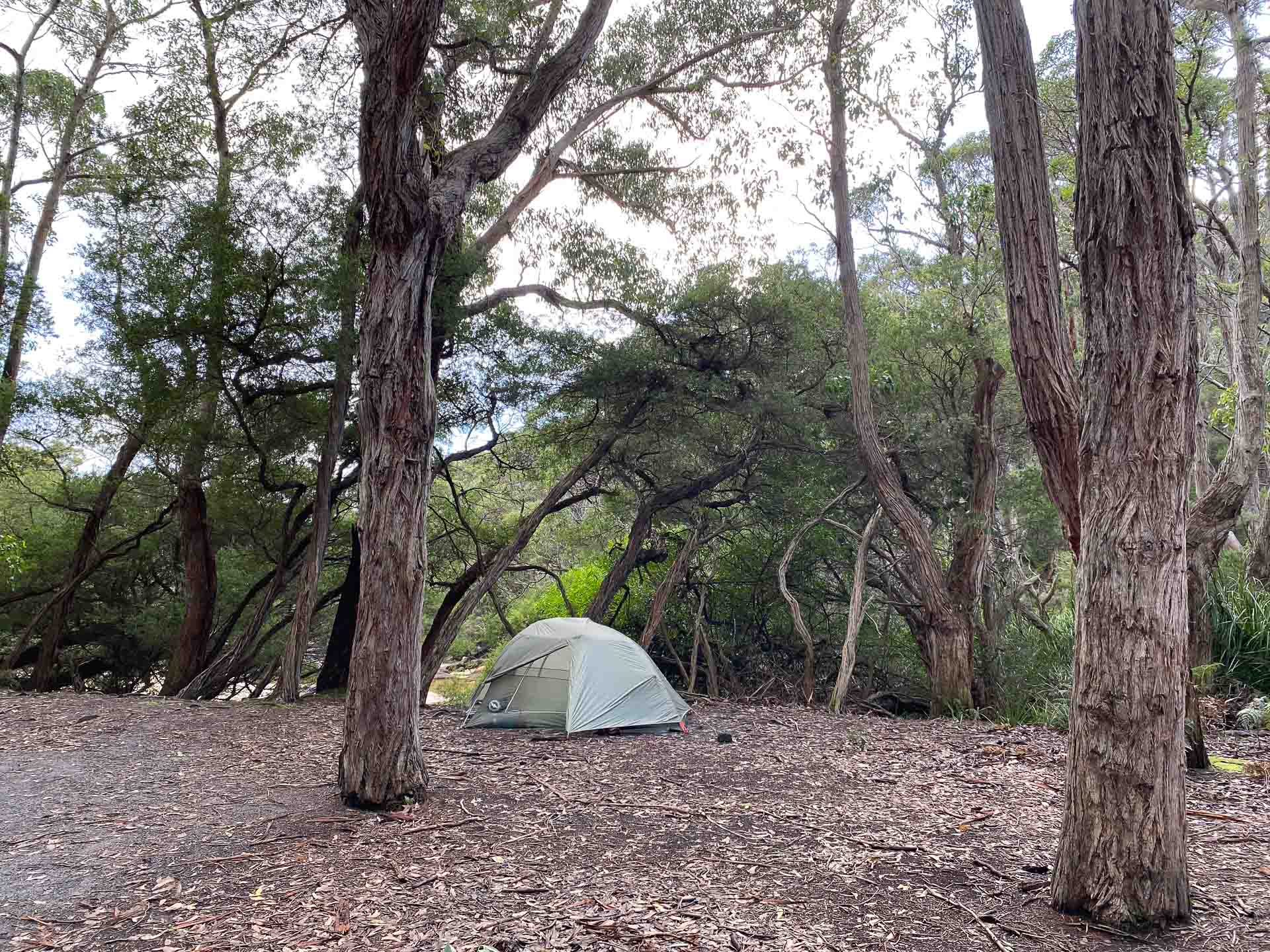Preparing for any hike requires a degree of planning, but packing your bag for a 3000km hike takes extra consideration. Reanna shares her suggestions on how she’s preparing to thru hike Te Araroa in New Zealand. Te Araroa,...

Preparing for any hike requires a degree of planning, but packing your bag for a 3000km hike takes extra consideration. Reanna shares her suggestions on how she’s preparing to thru hike Te Araroa in New Zealand.
Te Araroa, the Long Pathway, traverses 3,000km across New Zealand from the northern tip of Cape Reinga down to the southernmost point of Bluff. The hike should take the average hiker four to six months to complete.
This’ll be my first thru-hike, spanning significantly longer than my previous hiking efforts of two to six days. Ever since my partner and I committed to taking on the trail earlier in 2023, my spare time has been heavily dedicated to learning more about Te Araroa and the journey ahead of me.
How have been preparing myself for life on the trail? Read on!

Preparing for a trail as long as New Zealand’s Te Araroa is essential. You’ll probably spend longer preparing than hiking, so your approach matters.
Research, Research, Research
Inputting ‘Te Araroa’ into any search engine will supply you with a wealth of information regarding the trail. The official trail notes provide a great overview of the track, suggested resupply options, and the best places to camp. It can feel like a lot of information to take in – at times overwhelming – but understanding what you’re in for is an important part of preparation.
As part of my trail prep, I found it helpful to read about personal experiences of those who had hiked the Te Araroa before me. This included reading books, blog posts, and following current hikers on the trail online. This has provided a more emotive and down to earth overview of what life is like on the trail, and helped me to understand both the highlights and lowlights that I can expect.
Read more: What I Learned Hiking the Length of NZ Along The Te Araroa Trail
One of the biggest considerations in understanding the trail is budget. With the cost of living on the rise, previous estimates of budgets for completing Te Araroa are likely to be under what I may end up spending. Whilst budgeting what I will spend on trail down to the dollar is not possible, having an understanding of the availability of free versus paid camping, on-trail activities, transport (such as canoeing the Whanganui River), and resupply options, has helped me develop a ballpark figure.
Dialling In Gear
Arguably the most discussed topic amongst thru-hikers, ‘dialling in’ or refining your gear is an important part of preparation. You’ll be carrying everything you need to eat, sleep, and survive on! I found this the most challenging, as you can easily get caught up with the multitude of information online, trying to understand ultralight vs lightweight, and the wealth of opinions shared.
Read more: 7 Things I Packed and Used Every Day Thru Hiking the Te Araroa Trail
In the end, my approach to gear is what I might describe as ‘kind of lightweight with a bit of comfort’. I was conscious of the weight of my gear, but I wasn’t about to chop my toothbrush in half or cold soak my food.
Deciding on what is often called the ‘Big Three’ required the most research and consideration. These items include your shelter, sleep system (sleeping pad and sleeping bag), and backpack. These are often the largest and most costly purchases you’ll have to make, and where you can make the most savings in weight.
I chose the trusted Osprey Eja 58L for my pack (mine is the older version), a Sea to Summit sleeping bag, and an Alton inflatable sleeping pad. My partner and I are sharing the Big Agnes Copper Spur UL3 tent, a palatial but lightweight tent that has plenty of room for two hikers and all our gear. We figured the bigger space would be worthwhile when the weather turns bad and we end up spending a rainy evening sheltering from the rain.
Health and Fitness
You don’t need to be a seasoned thru-hiker to take on an adventure like this, however having some level of physical preparation can be important in preventing injury and ensuring you start your journey on the right foot.
Injury is one of the top reasons thru-hikers quit their hikes, so I wanted to ensure that I was feeling reasonably fit and strong ahead of hitting the trail. I opted for building physical activity into my day-to-day life by walking or cycling to walk, running, and attending the gym semi-regularly. When I did manage to get out for a hike or long walk on the weekends, I often wore a backpack to simulate carrying my heavy pack on trail.
I tried to get on top of any niggles or injuries I had, such as my susceptibility to shin splints, so I begrudgingly did the exercises my physio recommended to strengthen my muscles to prevent anything serious from developing.
Shakedown Hikes
A shakedown hike is a short multi-day or overnight hike with the intention of testing out gear, identifying if anything needs to change, and ironing out any problems before you hit your big adventure.
My partner and I had been on a few multi-day hikes over the previous year but had replaced a few core bits of gear in the lead up to our thru-hike, such as our tent and sleeping pads. To test out this new gear, we went out for a three-day hike with the intention of making sure we were comfortable with our final list of gear for the trail.
Being out on the trail allowed me to consider whether any gear I had was not fit for purpose, remove any unnecessary items, try different ways of packing, and get used to our new tent and sleep system. By the end of the hike I had decided we needed a better bag for storing food, the way I was storing my heavier electronics was putting me off balance, and I was definitely in need of new shoes.
Read more: The Four Pairs of Shoes I Wore Thru Hiking Te Araroa Over 116 Days
Getting Into the Right Mindset
You have the gear, you’ve looked at the route, and you’re feeling fit and strong – but what about mindset? Engaging in outdoor activities can increase our resilience and wellbeing, however taking on a feat such as a thru-hike often entails psychological challenges. I have tried to acknowledge this from the beginning. Not every day is going to be amazing, and overcoming mental challenges will all be part of the journey.
My partner and I have also spent some time discussing how we want to approach our hike. Are we open to hitching along some of the road walks? What happens if we need to skip a section? What kind of experience do we want to have on trail? Some hikers on trail will be purists and want to walk every step of the way, while others take the approach of only hiking the ‘best parts’, and skipping some sections.
The idea of ‘hike your own hike’ applies here – everyone has different ideas, approaches, or goals about how they want to hike a trail. It can be easy to get caught up in the opinions of others, but at the end of the day it’s your hike. Hike it your way.
Don’t want to walk? Try running instead: Lucy Clark Just Ran The Length of NZ’s Te Araroa In 66 Days
Time to go!
This list certainly is not exhaustive, and the only real way to know if it’s helped me will be when I (hopefully) set foot at the Te Araroa terminus at Bluff. Wish me luck!
Want more great hikes in New Zealand?
8 of the Best Hikes Around Queenstown – From a Few Hours to a Few Days The Rewild Project: Trekking the Length of New Zealand on Horseback Taking on New Zealand’s Te Whara Track The Magic of the Milford Sound Track (NZ)






